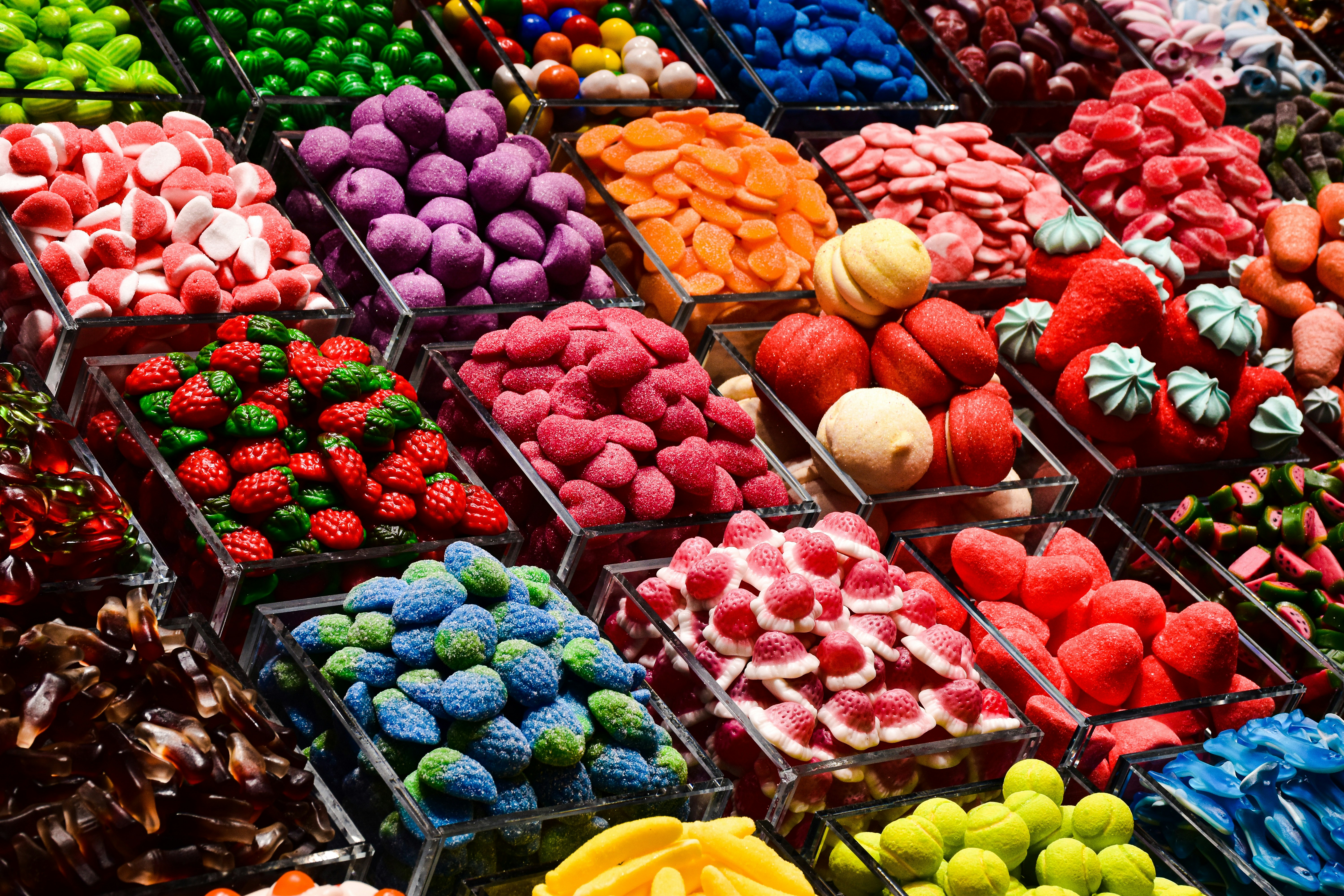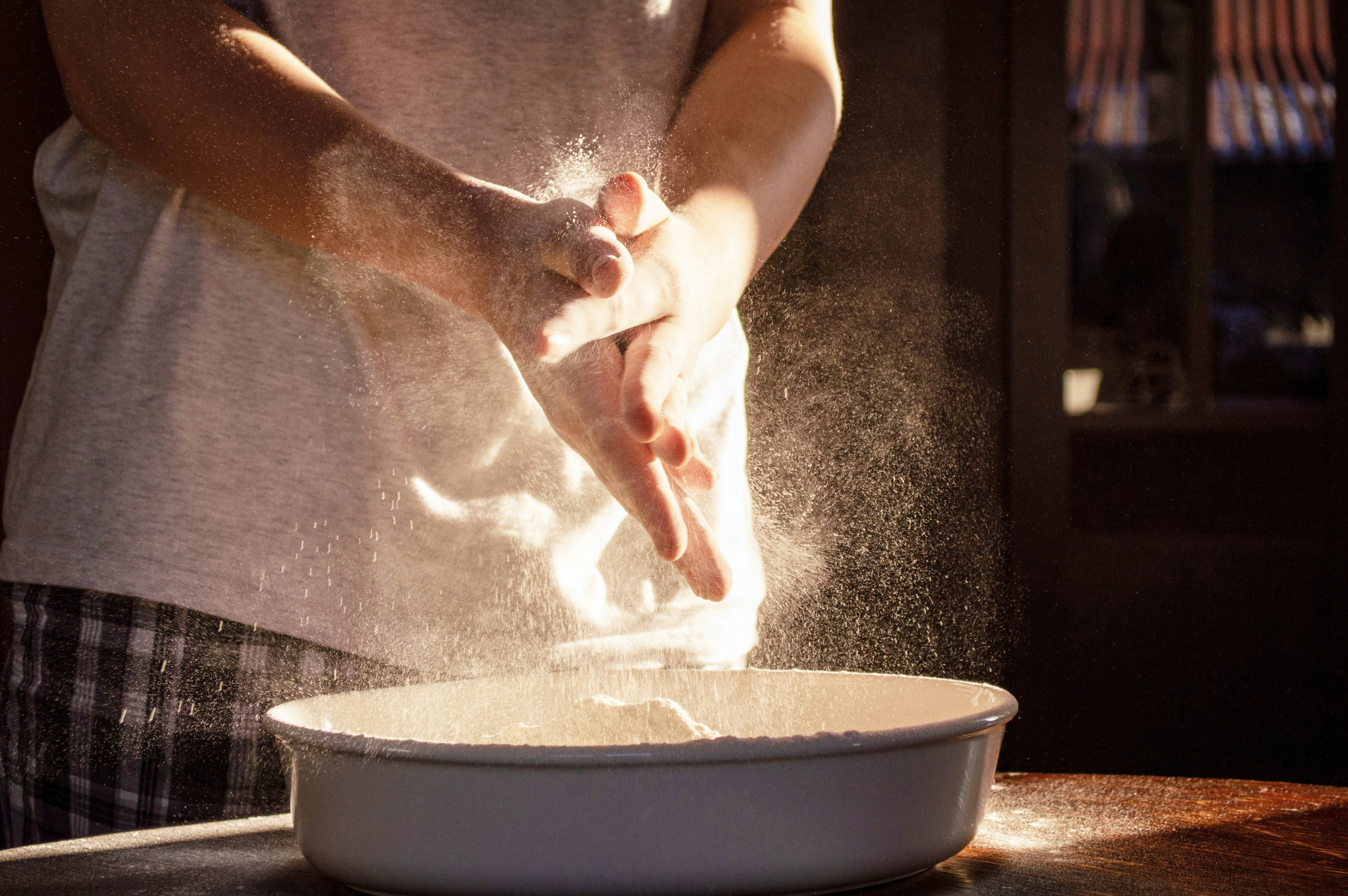Transform Leftovers: Culinary Alchemy for Gourmet Dishes
Leftovers often languish in the back of our fridges, overlooked and underappreciated, while the potential for transforming these remnants into gourmet dishes lies just beneath the surface. If you’ve ever wondered how to breathe new life into yesterday's meals, you’re in the right place. In this article, we’ll dive into the fantastic world of culinary alchemy, where flavor chemistry meets the art of cooking, allowing you to elevate everyday ingredients into exquisite creations.
The Science of Flavor: Understanding Flavor Chemistry

At the core of turning leftovers into culinary masterpieces is a solid understanding of flavor chemistry. Everything we eat is made up of complex molecules that can interact with one another in surprising ways. Understanding how to balance flavors—sweet, salty, sour, bitter, and umami—can transform seemingly mundane ingredients into something extraordinary.
For instance, consider the simple leftover roasted vegetables you might have from dinner. By applying a few principles of flavor chemistry, such as enhancing sweetness with a drizzle of balsamic reduction or introducing acidity with a squeeze of lemon, these leftovers can be transformed into a vibrant salad that your guests will praise.
Balancing Act: Mastering Flavor Profiles

To effectively elevate your dishes, focus on the five basic flavor profiles. Experiment with balancing them for a more rounded dish:
- Sweetness: Add honey or fruits to balance savory or bitter flavors.
- Saltiness: Use grilled or smoked meats that can bring depth to sweet or acidic items.
- Sourness: Incorporate vinegar or citrus to wake up the taste buds, especially for creamy ingredients.
- Bitterness: Nutty elements like mushrooms or toasted nuts can add character while balancing sweetness.
- Umami: Ingredients like aged cheese or mushrooms can deepen the overall flavor experience.
Enhancing Textures

Texture is just as vital as flavor when it comes to creating gourmet meals. Think about how you can modify the textures in your leftovers. A mashed potato leftover can serve as a base for a crispy potato cake or a creamy filling for a vegetable dumpling.
Another example is using leftover meats; instead of serving them cold, consider marinating and then stir-frying them for a delightful glossy finish, bringing them back to life with new textures and flavors altogether. The contrast between crunchy and soft can work wonders for elevating meals.
Presentation: The Final Touch

Never underestimate the power of presentation. Gourmet dining often lies more in how a dish is plated than in the ingredients themselves. Arrange leftover dishes artfully, using various colored herds or garnishes to enhance visual appeal. A sprig of fresh parsley or microgreens can turn a mundane leftover into a feast.
Additionally, use unexpected serving dishes. Instead of a simple plate, think about a slate board or a mason jar to create unique dining experiences that evoke excitement.
Innovating with Clever Techniques

To maximize culinary creativity, consider these invaluable cooking techniques:
1. Infuse Flavors Through Marination

Next time you have leftover proteins, consider marinating them in flavorful mixtures before repurposing them into new dishes. Ingredients like yogurt, buttermilk, or even miso can tenderize and infuse flavors, enhancing their taste dramatically. Find out more about innovative marination techniques in our guide to transforming leftover tea leaves into gourmet dishes.
2. Cook with Sound

The idea of cooking with sound may seem unconventional, but the vibrations from certain frequencies can influence the culinary experience. Exploring how sounds can impact flavors can make for a captivating culinary adventure. For more about this unique approach, check out our article on cooking by sound.
3. Fermentation Techniques

Consider incorporating leftover foods into a fermentation process. An old bread can serve as a starting point for a tangy bread soup or a base for sourdough. Mastering fermentation opens up a world of flavors, as evidenced in our piece about mastering fermentation.
4. Cooking with Color

Color can have a profound psychological effect on our appetite and perceptions of taste. Repurposing colorful leftovers could be an exciting avenue to explore. Create a visually harmonious meal by utilizing an array of vegetables to educate your palate, as detailed in our article on cooking with color.
Creative Recipes for Using Leftovers

Now that we have laid the groundwork for understanding flavor chemistry, balancing textures, and enhancing presentation techniques, let's explore some specific recipes that showcase culinary alchemy at its finest.
1. Gourmet Risotto from Leftover Grains

If you have leftover grains such as quinoa or rice, consider whipping up a luxurious risotto. Start by sautéing some onions and garlic, then add your grains and slowly incorporate vegetable or chicken stock, stirring until creamy. For an extra gourmet touch, add a sprinkle of parmesan cheese and some sautéed seasonal vegetables.
2. Soups and Broths

There's nothing quite like a warm bowl of soup made from leftover vegetables or bones. Gather your leftovers, add them to a pot with broth stock, herb sprigs, and let them simmer. You can blend or leave it chunky, depending on your preference.
3. Flavor-Packed Frittatas

Leftover meats, cheeses, and vegetables can be effortlessly combined into a delectable frittata. Just whisk eggs, add your leftover goodies, season, then bake until fluffy and golden.
4. Stir-Fried Delights

Use leftover proteins and vegetables to create an exciting stir-fry. Toss everything together with soy sauce and your choice of spices or extract to enhance the flavors.
Learning from Experts

For anyone eager to expand their culinary skills and knowledge, embracing resources from reputable culinary authorities can be greatly beneficial. Websites such as Moz carry great insights on the chemistry of flavor, while renowned chefs often emphasize creative plate presentation, which is essential for meal elevation.
Incorporate seasonal ingredients and local cuisines into your culinary endeavors for an even more enriching experience. The practice of utilizing what's available can teach you flexibility and broaden your flavor vocabulary.
Next Steps: Your Culinary Journey
Culinary alchemy is a powerful tool that allows you to transform simple leftovers into gourmet dishes that are both ecologically responsible and creatively satisfying. Whether you're mastering the science of flavor chemistry, indulging in innovative cooking techniques, or simply learning to present your meals with flair, the possibilities are endless.
So, stock your kitchen with those leftovers, grab your favorite ingredients, and let your imagination take flight! Explore your options by checking out more insights in our article on culinary time travel and allow your meals to tell the story of your culinary journey.


